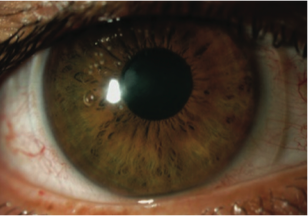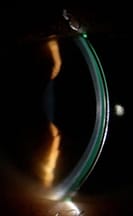Why wear scleral lenses?
- Scleral lenses are made out of highly oxygen permeable GP materials.
- They are made exactly for your visual needs to give you customized vision correction.
- They are durable and may last for one to two years.
- They provide extra moisture for healthy eyes and for people who have severe dry eyes.






